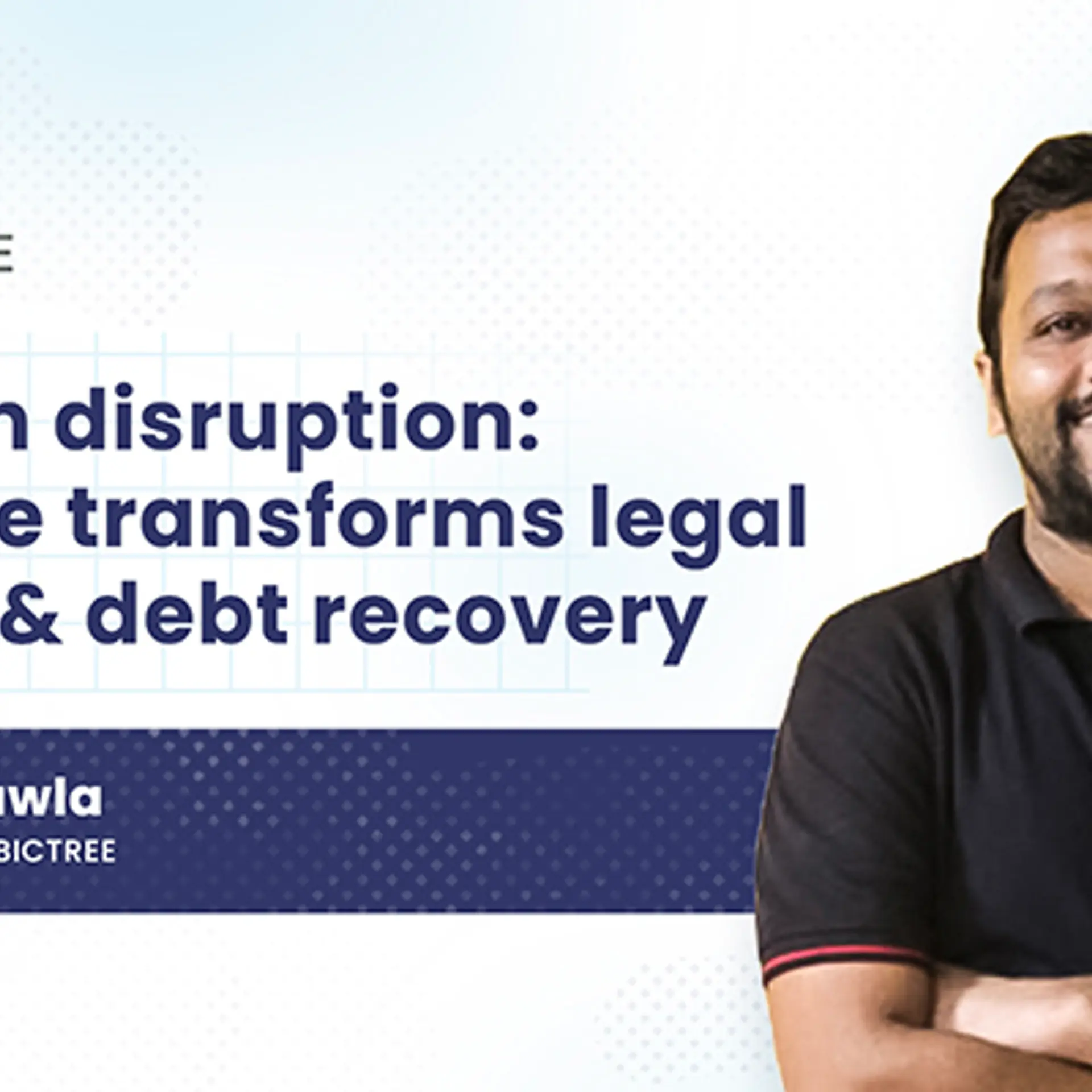Future of food security: How cold chain innovation minimises waste
With sustained investments, innovative solutions, and cohesive partnerships, the future of food security appears optimistic, with the potential to significantly reduce food wastage and contribute to economic stability.
With its burgeoning population and rising food demand, India faces significant challenges in ensuring food security. A crucial aspect of addressing these challenges lies in minimising food wastage. Unfortunately, a substantial portion of food produced in India goes to waste due to inadequate cold chain infrastructure.
According to the Food and Agriculture Organization (FAO), 40% of food in India is lost, with 30% of fruits and vegetables rotting in insufficient storage conditions. This wastage not only threatens food security but also hampers economic stability.
However, advancements in cold chain logistics offer a promising solution to these issues.
Cold chain infrastructure in India
India's cold chain infrastructure is vital for the agricultural and pharmaceutical sectors but remains underdeveloped and underutilised. With 8,653 cold stores across the country boasting a capacity of 394.17 lakh metric tons (MT), only 60% of this capacity is effectively used, according to a study conducted by NABARD Consultancy Services. The infrastructure is fragmented, with 60% concentrated in Uttar Pradesh, Gujarat, West Bengal, and Punjab.
Several factors contribute to this inefficiency: a lack of awareness among farmers, food processors, and logistics experts about the benefits of cold storage; high costs of building and operating facilities, which deter startups; frequent power outages and inadequate equipment; logistical challenges such as vehicle breakdowns and poor packaging; and the diverse terrain and extreme temperatures that complicate maintaining an unbroken cold chain. These issues collectively hamper the optimisation of India's cold chain logistics, leading to significant food wastage.
Emerging solutions and opportunities
Despite these challenges, the future of India's cold chain industry looks promising, driven by technological innovations and increasing demand for fresh produce, groceries, vaccinations, and pharmaceuticals. The market for cold chain solutions is predicted to grow at a CAGR of 15% or higher, especially following the increased demand post-COVID-19, according to a study by Astute Analytica.

Technological advancements
Several cutting-edge technologies are set up to transform India's cold chain sector:
AI- and ML-based smart sensors and real-time tracking
These technologies provide real-time alerts on temperature, humidity, and environmental conditions, enabling quick responses to prevent losses. They also support predictive maintenance and vehicle tracking using historical data, ensuring seamless cold chain operations.
The adoption of advanced technologies, such as automated storage systems and GPS-enabled tracking, enhances efficiency and ensures compliance with international product handling standards.
Last-mile delivery technologies
Innovations in last-mile delivery facilitate transparent and immutable recordkeeping for proof of delivery (POD), reducing costs and minimising disputes. Predictive analytics can forecast package arrivals, providing real-time updates to customers.
Sustainable logistics practices
The industry is increasingly adopting sustainable practices, driven by consumer demand for fresh, healthy, and sustainably sourced products. Innovations include eco-friendly refrigerants, Phase Change Materials (PCMs), and IoT-based technologies to enhance sustainability and efficiency.
Data analytics for predictive maintenance
Data analytics enables predictive maintenance algorithms, anticipating equipment failures and preventing downtime, thereby ensuring the reliability of cold chain systems.
Skill Development
Training and skill development initiatives are crucial for a proficient workforce capable of navigating the complexities of the cold supply chain. These initiatives focus on training personnel in cold storage facilities, logistics professionals, and those involved in maintaining temperature-sensitive transportation.
Government initiatives
Recognising the importance of cold chain infrastructure, the Indian government has introduced several schemes and policies to support the sector's growth:
- Pradhan Mantri Kisan Sampada Yojana (PMKSY): This scheme aims to establish contemporary infrastructure for efficient supply chain management, with an allocation of Rs 4,600 crore continuing till 2026.
- Integrated Cold Chain and Value Addition Infrastructure scheme: Offering financial aid up to Rs 10 crore per project, this programme supports infrastructure development across the supply chain, including pre-cooling, cold storage, and reefer vans.
- Capital Investment Subsidy Scheme: Administered by the National Horticulture Board, this scheme provides a credit-linked subsidy covering 35-50% of the capital cost for cold storage projects.
- Pradhan Mantri Matsya Sampada Yojana: With a budget of Rs 20,050 crore over five years, this scheme targets deficiencies in fish production and post-harvest infrastructure, aiming to boost fish production and exports.
To sum up
With the country's current cold chain market size at $35 billion and expected to reach $50 billion by 2027, strategic investments are more critical than ever.
Adding 5G technology and more advanced IoT devices is likely to open up new opportunities in transportation management, making it more efficient and widespread. Our nation’s cold chain infrastructure is a centre point for ensuring food security and minimising post-harvest losses. While significant progress has been made, challenges persist in enhancing capacity, efficiency, and accessibility.
However, with sustained investments, innovative solutions, and cohesive partnerships, the future of food security appears optimistic, with the potential to significantly reduce food wastage and contribute to economic stability.
(Swarup Bose is Founder and CEO of Celcius Logistics.)
Edited by Kanishk Singh
(Disclaimer: The views and opinions expressed in this article are those of the author and do not necessarily reflect the views of YourStory.)








